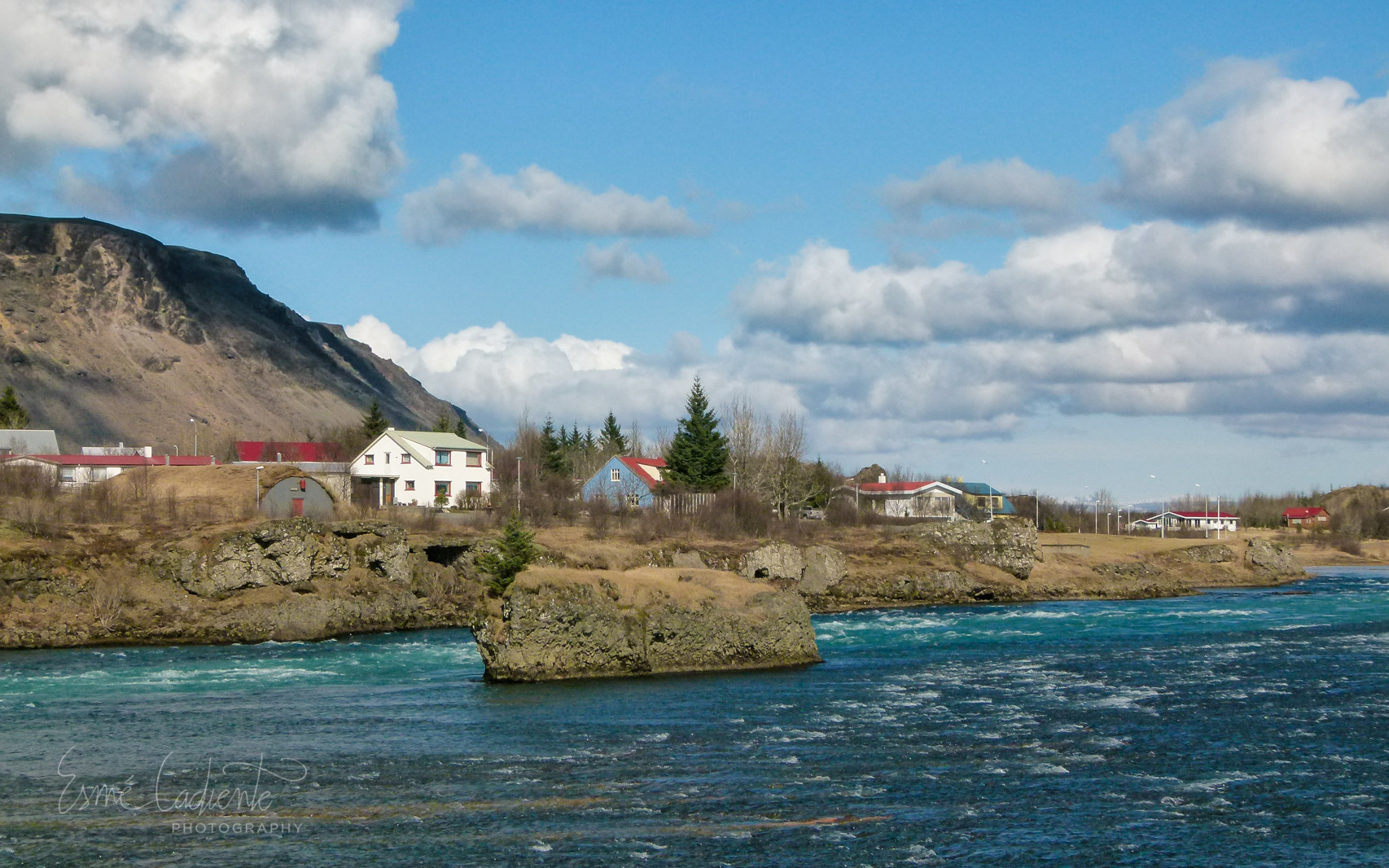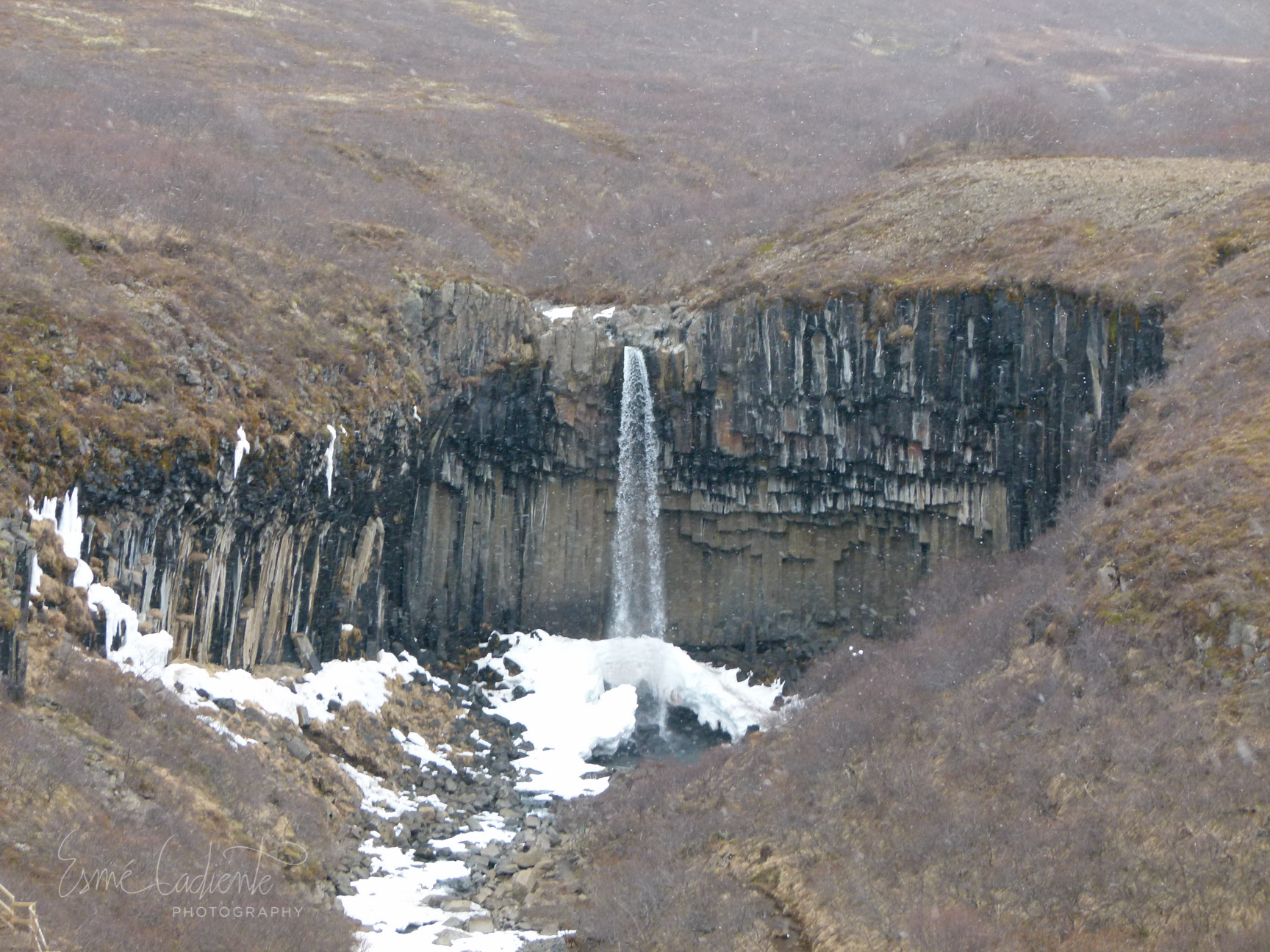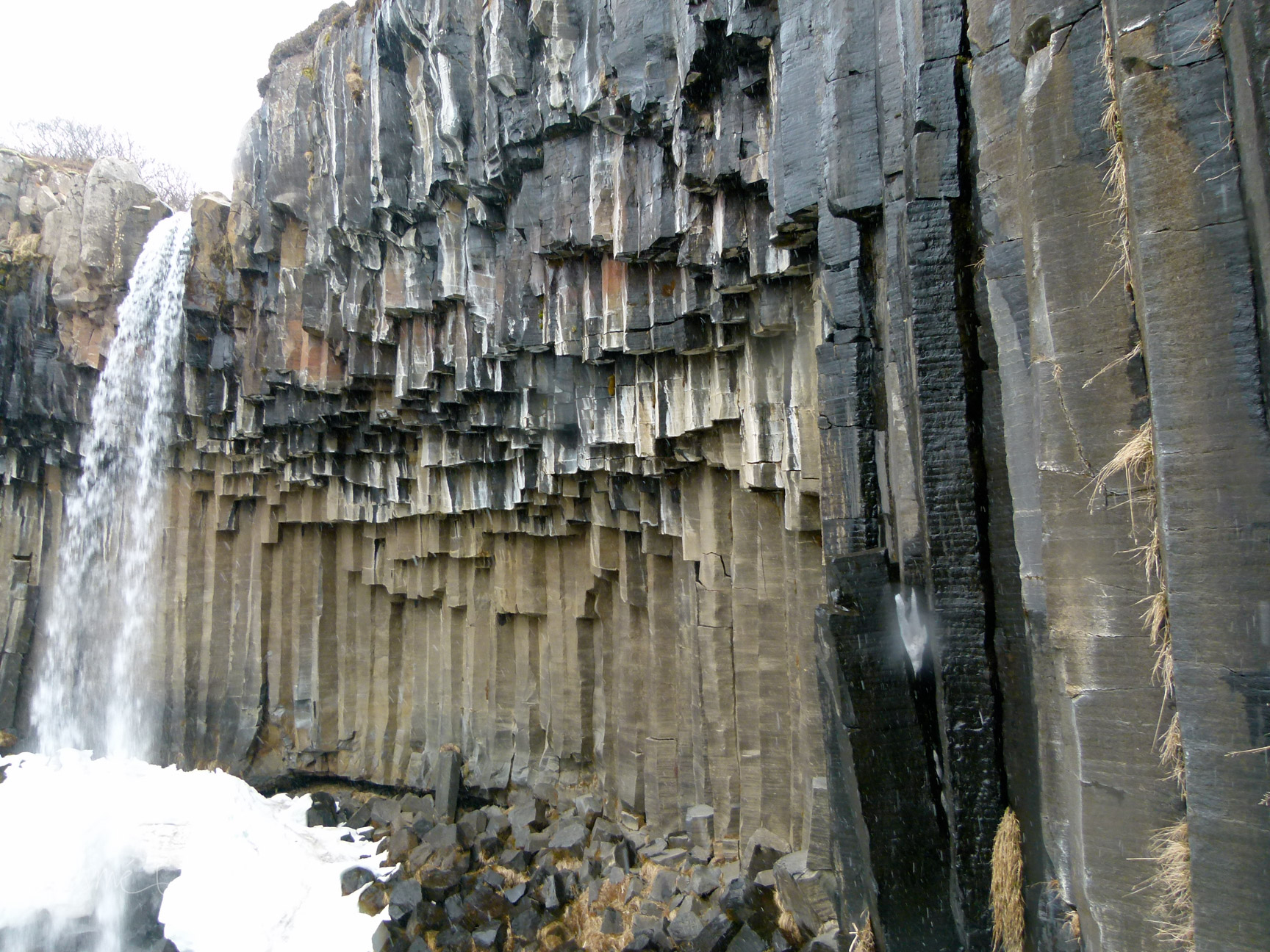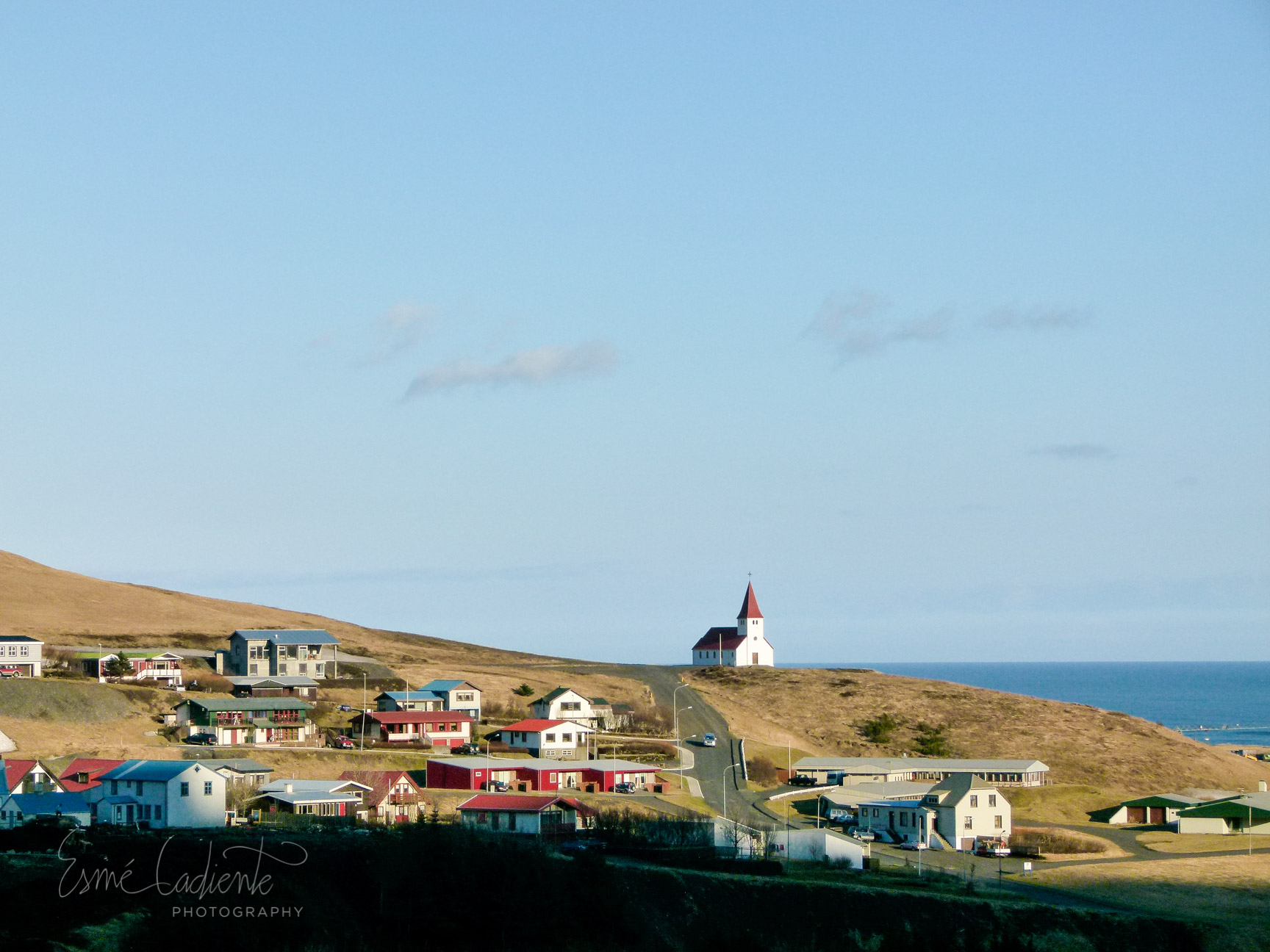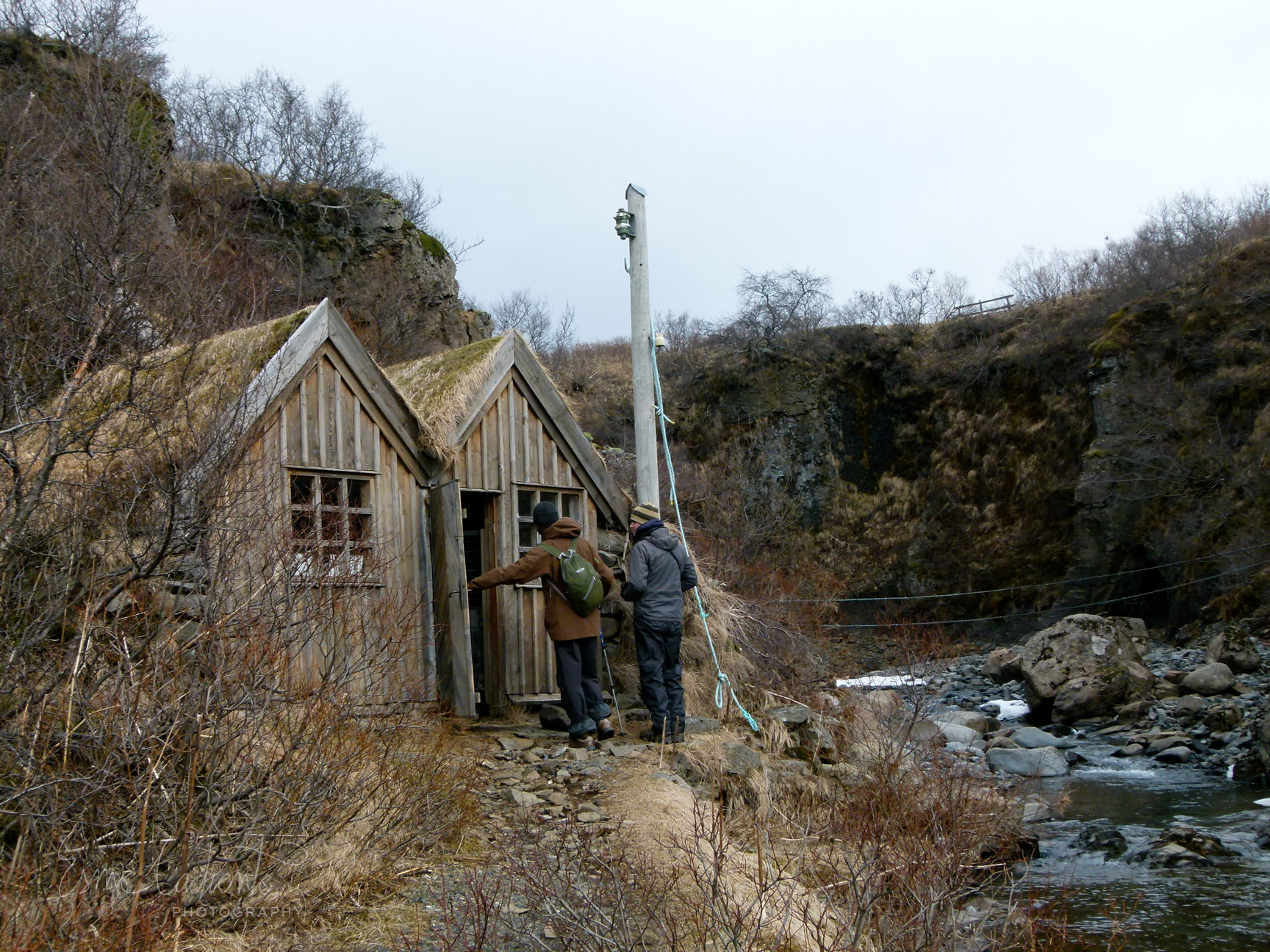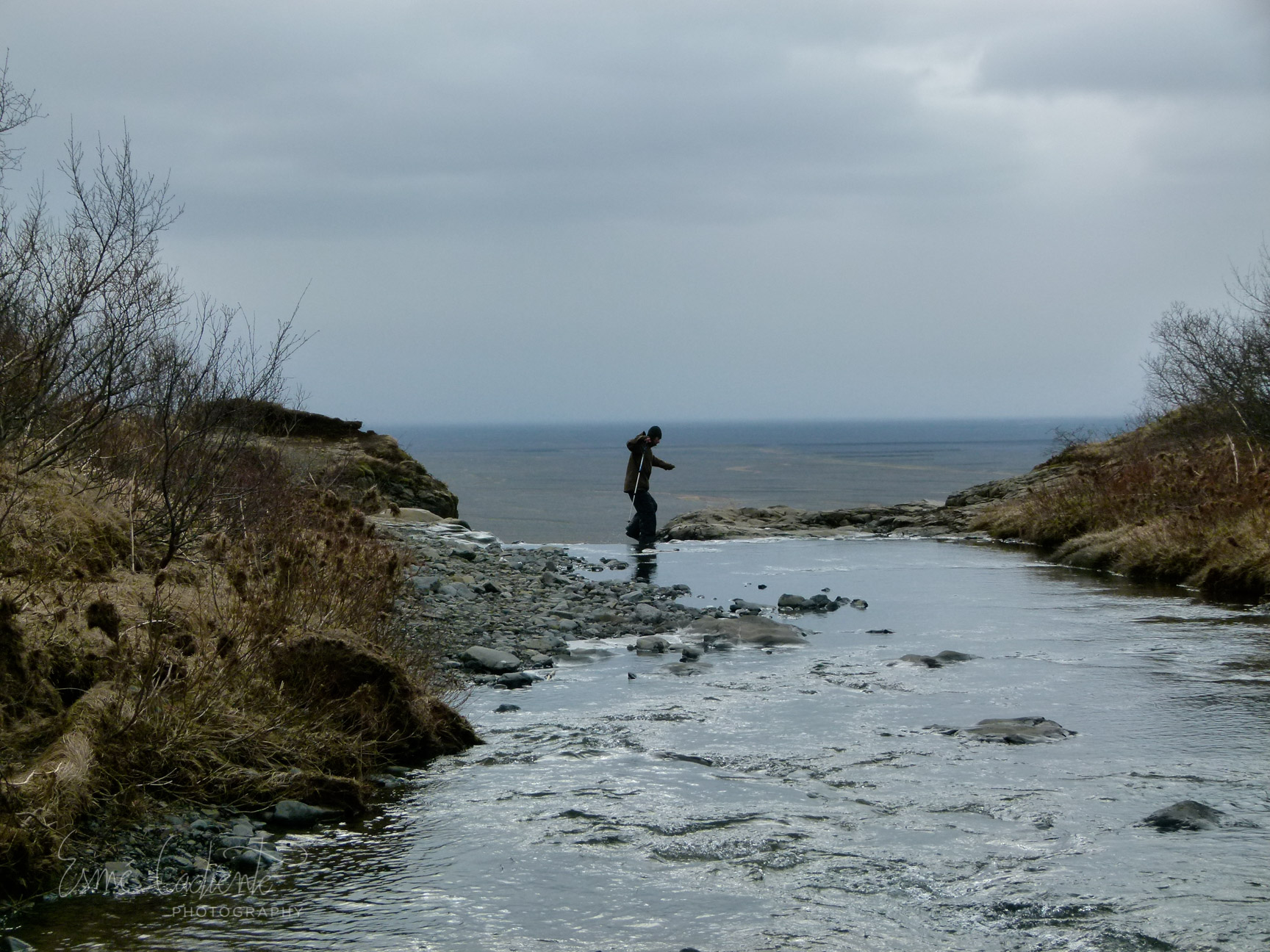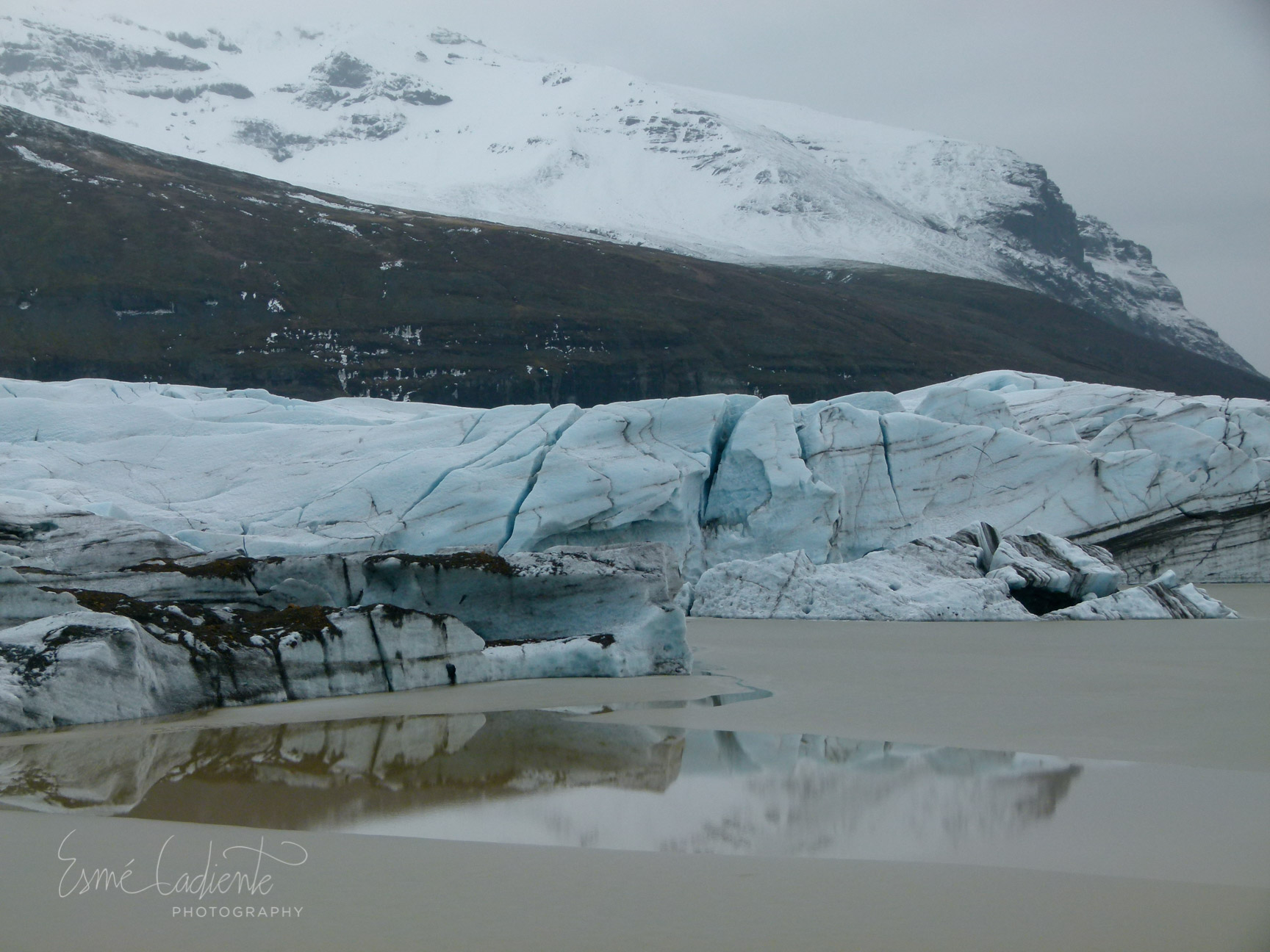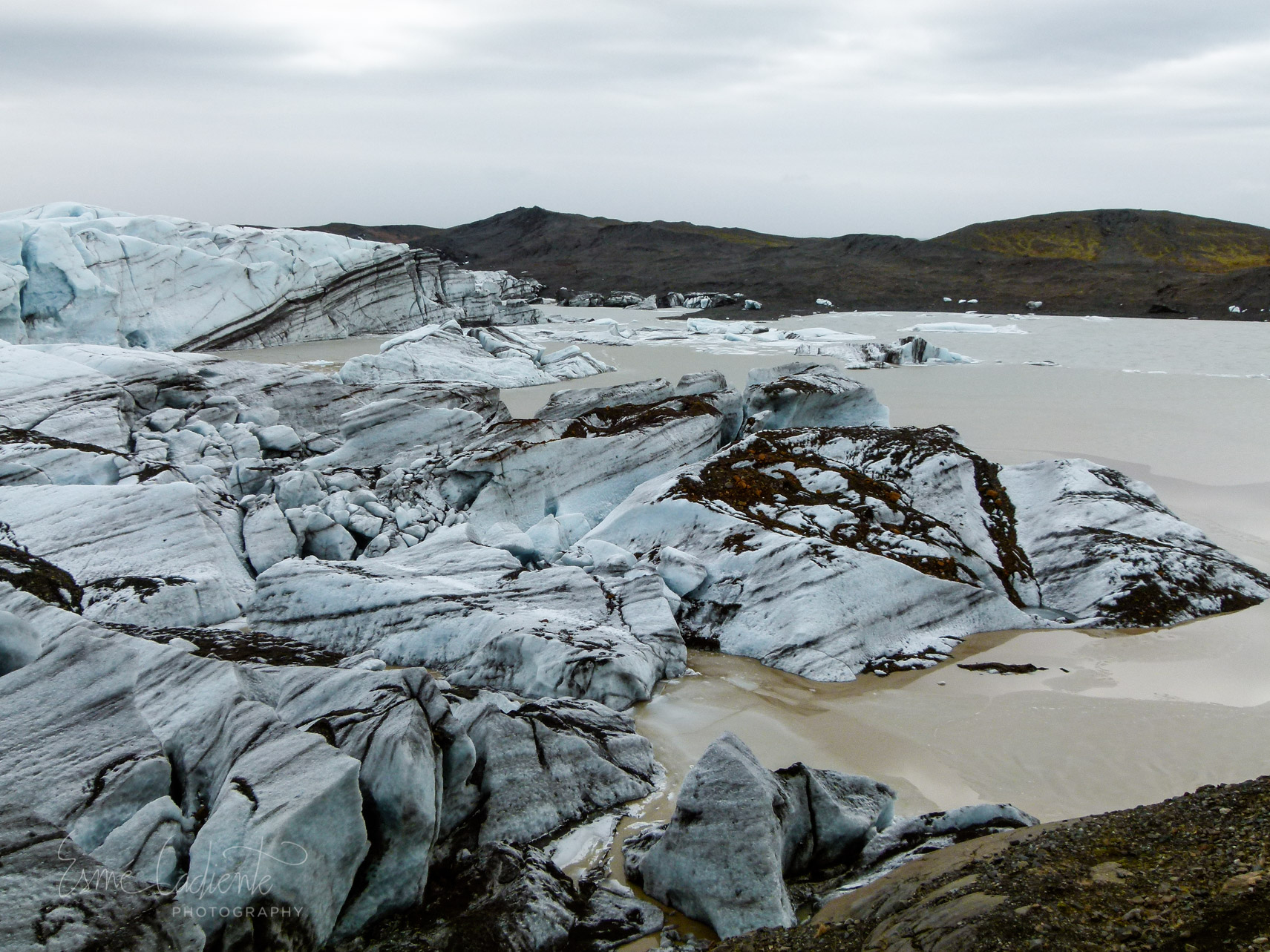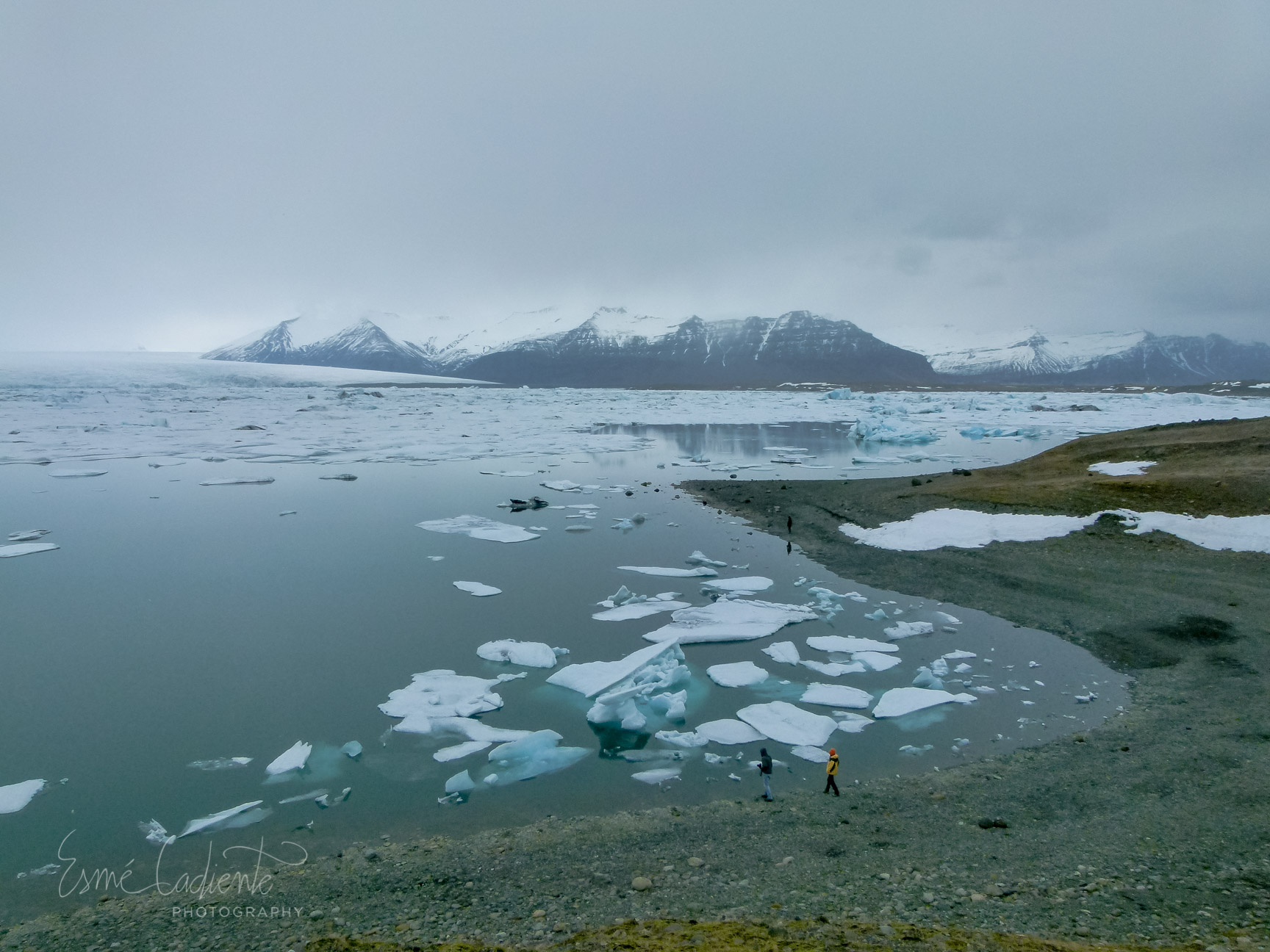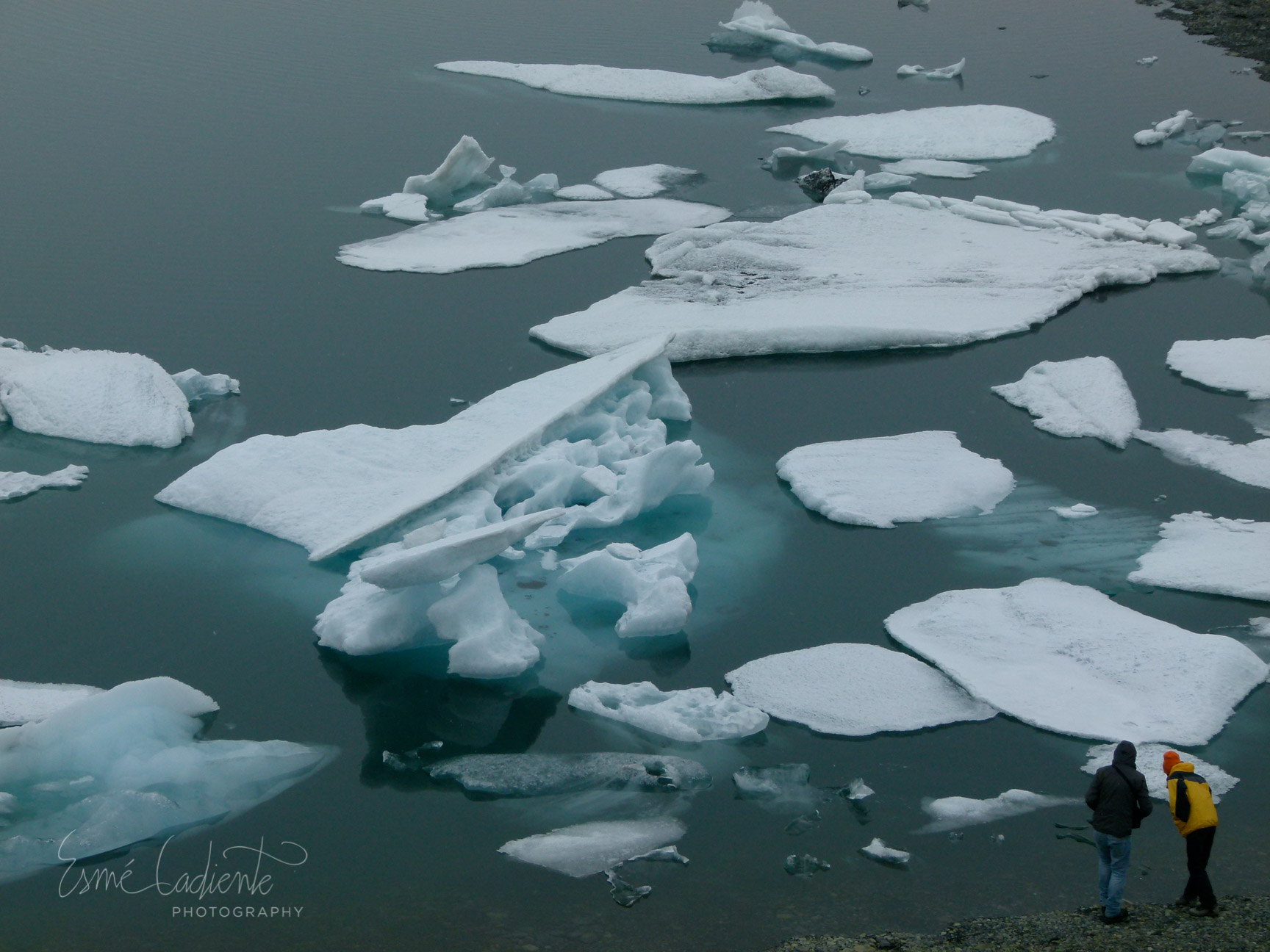Iceland is a special place. The harsh landscape, rugged terrain, and remote exclusion unique to its particular location have borne a people of resilience with a culture that is both charming and tenacious.
Iceland is deemed the land of fire and ice, a juxtaposition that seems to be prevalent throughout the whole country. Reykjavík felt like a small village on the sea, complete with a backdrop of white covered mountains, but it also has the amenities of a large European city—diverse restaurants, fine museums, galleries, a thriving art and music scene, international school, and a nightlife that rivals that of any Spanish club. Vestiges of Viking culture are prevalent throughout the city, and are served up as a Scandinavian experience to tourists. Delicacies such as smoked puffin and fermented shark can be found alongside an American cheeseburger. The colorful homes that line the streets of Reykjavik are made mostly from driftwood and corrugated metal that have washed ashore due to a lack of resources on-island from which to build.
Having met a few other travelers in Reykjavík, we decided to rent a car together and tour the south side of the island. The days were beginning to get long in the world’s most northerly capitol, and the early April weather was perfect for exploring. On the road there were many waterfalls to stop at, some of which thundered down the valley and disappeared into a plume of rainbows. Iceland’s incredible geothermal activity provides many opportunities to enjoy hot springs, some of which are the island’s most visited attractions.
The barren highlands, typically seen by most tourists as fields of green, were just waking up from a long winter leaving the grasslands in a vibrant hue of yellow. Icelandic ponies frolicked in the fields, trotting around in their odd gait, unique only to this specific species of horse. Running around the highlands with childish abandon, dodging rainbows and misted by waterfalls, made me realize why it is so easy for Icelanders to truly believe that gnomes, fairies and a myriad of other small creatures could exist here.
As we drove further down the South coast of the island, the landscape became more and more fairytale like. Two volcanoes, Grímsvötn and Bárðarbunga, hide devilishly underneath Vatnajökull, the largest glacier in Iceland. Occasionally, volcanic activity occurs underneath the glacier resulting in meltwater that will swell the glacial lakes and flood the area in an event known in Icelandic as jökulhlaup. Historically, these sudden and extreme jökulhlaup events have demolished villages and have shaped a population that is adaptable to natural disaster, and who have become resilient to changes over time.
Whether you are in Iceland for the northern lights, black sand beaches that resemble a lunar landscape, serene waterfalls, glacial trekking, incredible snorkeling, skiing from a boat, the runtun (pub crawl) in Reykjavík, or simply to lounge in a turquoise blue hot spring, you will find it in Iceland. This bewitching land has long been a secret, and it is only recently that Iceland has blown up as a tourist destination. As of yet, the Island has managed to maintain its charm and authenticity and avoid the certain societal erosion that often accompanies tourist destinations.


